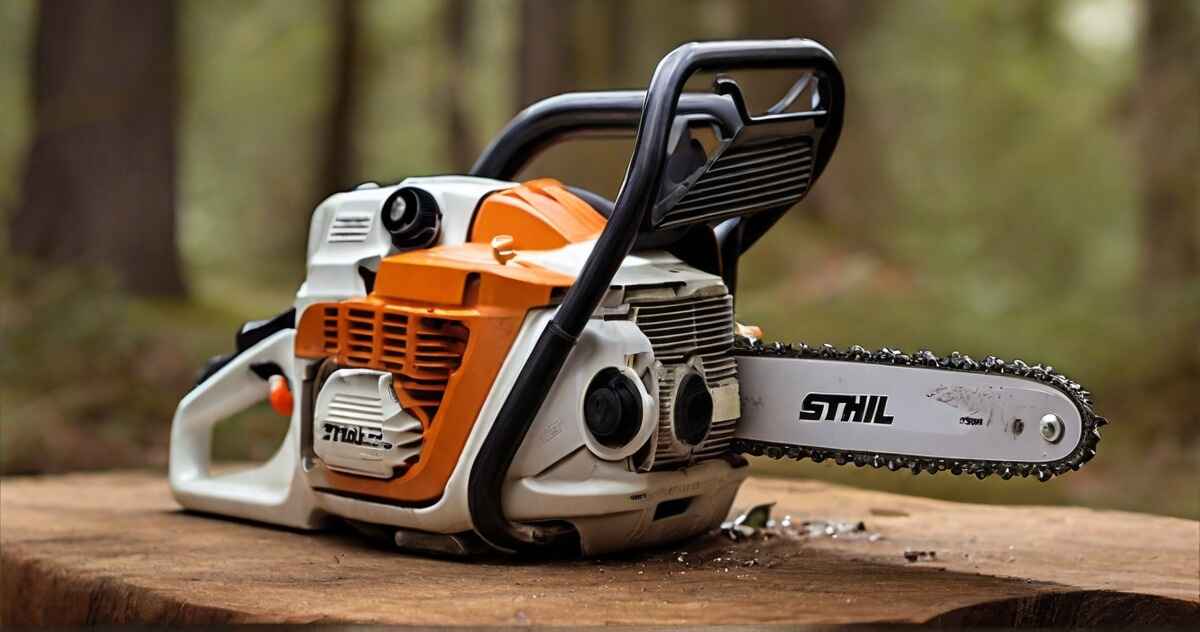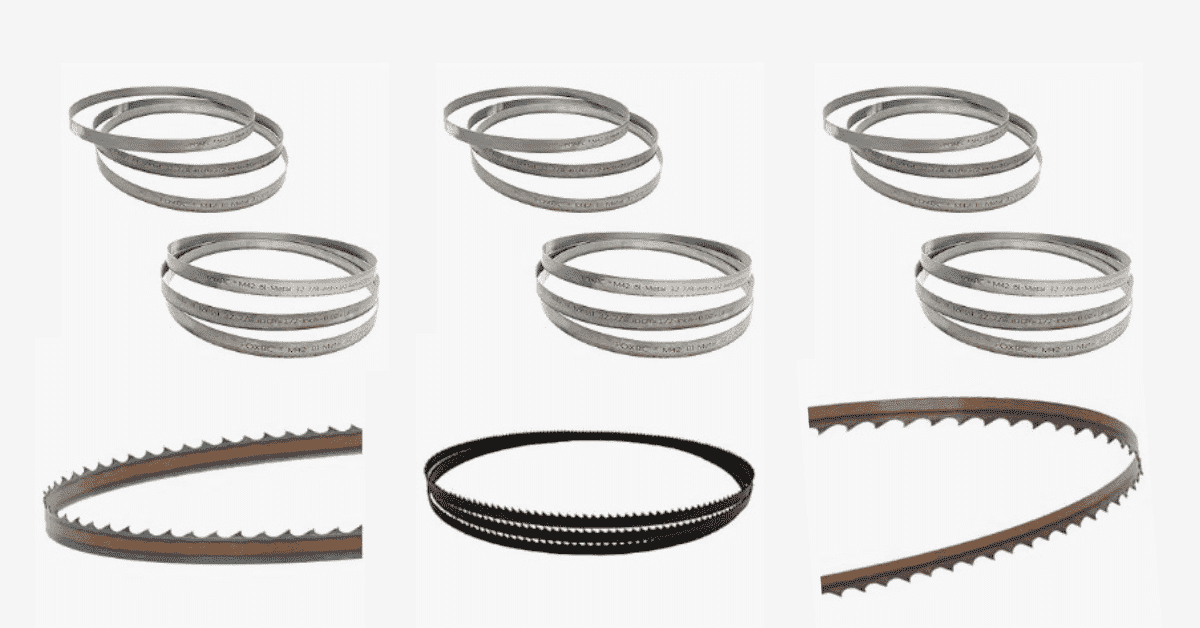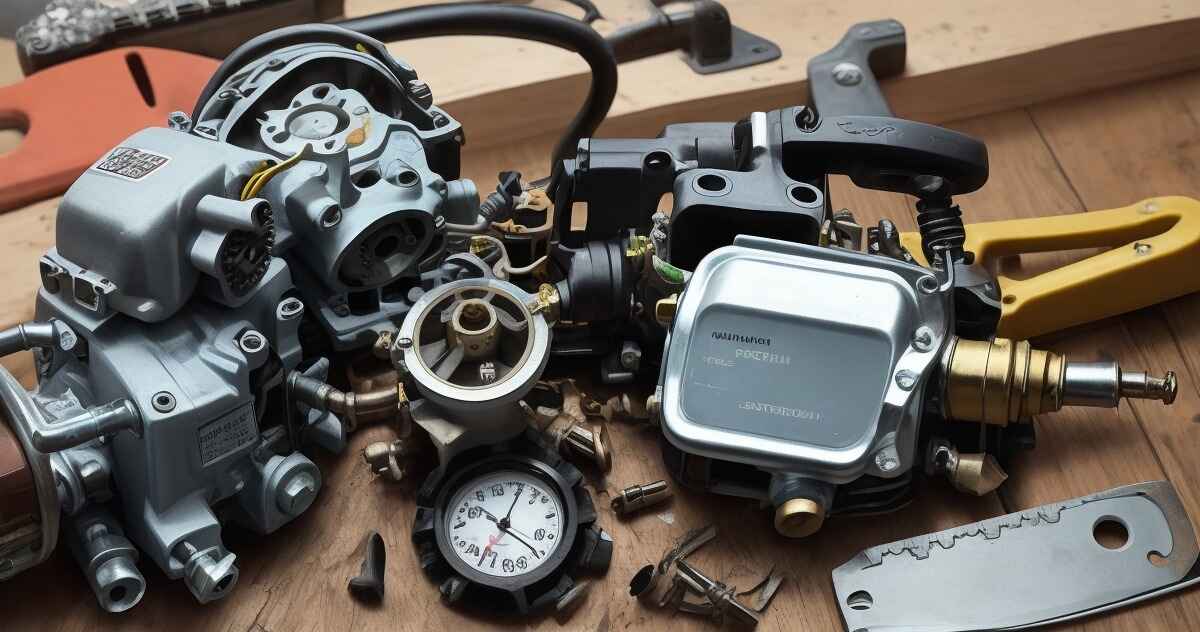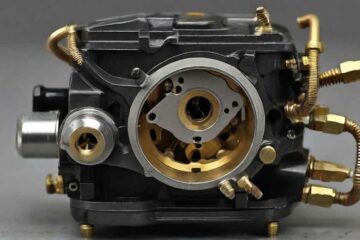Why does my Stihl chainsaw leak bar oil? This common concern arises from various factors affecting the chainsaw’s performance. Understanding the root causes behind the bar oil leakage is crucial for optimal chainsaw maintenance. In this exploration, we delve into the potential reasons behind this issue, offering insights and practical solutions to ensure your Stihl chainsaw operates efficiently, keeping your equipment in top condition for reliable and smooth cutting performance.
Understanding Bar Oil Leaks in Stihl Chainsaws
Overview of Bar Oil and Its Function
The bar oil in a chainsaw serves a critical function. It lubricates the chain as it rotates around the guide bar. Overheating is prevented by this. In the absence of proper lubrication, chainsaw performance plummets. Oil grades recommended by Stihl. The oil is tailored for their saws to ensure peak performance.
Common Signs of Bar Oil Leaks
A telltale sign of a bar oil leak is a slick of oil under the chainsaw after it has been stored. You might also notice excessive oil on the body of the chainsaw or the chain appearing overly greasy. These symptoms suggest an issue that needs attention. Addressing it now can prevent bigger problems.
Identifying the Causes of Bar Oil Leaks
Bar oil leaks need to be identified. Faulty oil caps to damaged oil pumps could be at play. These causes can help prevent future leaks. It can also ensure the longevity of your chainsaw.
Faulty Oil Cap or Oil Tank
Keeping the bar oil in place is the oil cap. Cracks or worn seals can let oil leak. Additionally, if the oil tank itself has been damaged, it could leak. Regular inspection of these components can catch issues early on.
Damaged Oil Pump or Line
Oil pump delivers oil from tank to bar and chain. A malfunctioning pump or a leaking line disrupts this flow. Wear and tear over time or debris can contribute to these damages.
Worn Out or Improperly Installed Bar and Chain
An improperly installed bar or chain can lead to improper oil distribution. This can result in leaks. Additionally, wear and tear on these parts over time can create gaps. Oil can escape instead of reaching the necessary lubrication points.
Diagnosing Bar Oil Leaks
Finding the source of a leak is the next step. Identify the problem by systematically examining each component. Then, proceed with the correct course of action.
Inspecting the Oil Tank and Cap
Start with the simplest solutions first. Check for cracks or damage on the oil cap, and tighten it properly. Check the oil tank for punctures or cracks.
Checking the Oil Pump and Line
If the cap and tank are intact, move on to inspect the oil pump and line. Look for signs of wear or damage. The lines should be free of blockages and securely attached at both ends. The pump should show no signs of cracking or breakage.
Examining the Bar and Chain
Finally, check the bar and chain. Ensure they are correctly installed, with no excessive wear. Chain oil must reach the oil holes on the bar. It will be necessary to repair or replace these parts.
Addressing Bar Oil Leaks
Repairing a bar oil leak promptly prevents further damage to your chainsaw. Let’s explore how to address each potential cause.
Fixing/Replacing Faulty Oil Cap or Tank
If the oil cap is damaged, replacing it is often a straightforward fix. For issues with the oil tank, it may require patching up or complete replacement. The extent of the damage determines which solution is necessary.
Repairing/Replacing Damaged Oil Pump or Line
Oil pumps need to be replaced by professionals when damaged. You can do it yourself if you have repair skills. Sometimes lines can be patched, but replacement is usually best.
Adjusting/Replacing Bar and Chain
An improperly installed bar and chain can often be adjusted. Replace them when they wear out. Follow the instructions on the label.
Preventing Bar Oil Leaks
Maintaining your chainsaw is better than treating it. Keep your equipment leak-free and in top condition.
Regular Maintenance and Inspection
Conduct routine checks on all parts of the chainsaw to catch issues early. Cleaning and maintaining the chainsaw can prevent build-up. This build-up may lead to damage and subsequent leaks.
Proper Installation of Bar and Chain
Always install the bar and chain according to the manufacturer’s instructions. This ensures that the parts align correctly. The oil can flow as intended without any hindrance or leakage.
Using the Right Type of Bar Oil
Stihl specifies the type of oil suitable for their chainsaws. Using the correct oil not only enhances performance. It’s designed to work optimally with the machine’s components. This also reduces the risk of leaks.
Troubleshooting Tips: Navigating Common Challenges
Encountering hiccups while dealing with bar oil leaks? Don’t worry. Let’s troubleshoot common challenges. They might disrupt your diagnosis and repair.
1. Persistent Oil Leaks Despite Fixes
If the oil leaks persist even after addressing identified issues, double-check your repairs. Make sure the components are correctly installed. Consider seeking professional assistance if the problem persists.
2. Difficulty in Identifying the Source
If it’s difficult to find where the leak is coming from, try breaking down the diagnosis into smaller steps. Go back to each inspection point and ask other chainsaw enthusiasts or professionals for help.
3. Uncertain About Proper Bar and Chain Installation
Feeling uncertain about whether your bar and chain are correctly installed? Revisit the manufacturer’s guidelines. If needed, consult online tutorials or forums for more insights. Correct installation is key to preventing leaks.
4. Safety Concerns During Repair
Safety first! If you need help, don’t hesitate to ask. Priority is given to safety. Consult professionals or experienced individuals if you’re not comfortable with a particular repair.
5. Inconsistent Oil Flow Despite Pump Repairs
If you’ve repaired the oil pump but notice inconsistent oil flow, check for blockages in the oil lines. Debris or clogs could hinder proper lubrication. Ensure the lines are clear and unobstructed for smooth oil delivery.
Remember, troubleshooting may vary based on individual scenarios. Feel free to adapt these tips. Always prioritize safety – it’s essential for chainsaw maintenance success.
FAQs
- For a Stihl chainsaw, why is bar oil essential?
- Understanding the role of bar oil is essential. It helps grasp the significance of preventing leaks and maintaining optimal chainsaw performance.
- When does a Stihl chainsaw show signs of bar oil leakage?
- The early detection of a leak is crucial for prompt action. Learn to identify visible symptoms that suggest potential problems.
- What are the primary causes of bar oil leaks in Stihl chainsaws?
- Delve into the various factors that can lead to leaks. Issues may arise with the oil cap, tank, pump, and lines. It may also relate to the bar and chain installation.
- How do you fix a Stihl chainsaw that leaks bar oil?
- Follow these steps to diagnose a leak. Check the oil tank, cap, pump, lines, bar, and chain.
- What are the recommended methods for fixing bar oil leaks in Stihl chainsaws?
- Understand the appropriate steps for repairing or replacing faulty components. These components include the oil cap, tank, pump, lines, bar, and chain. The specific steps depend on the nature and extent of the damage.
- Stihl chainsaws leak bar oil. What can be done to prevent it?
- Maintain your chainsaw properly. This includes regular maintenance, proper installation techniques, and using the correct type of bar oil. Stihl recommends the oil.
Conclusion
In conclusion, addressing the question ‘Why does my Stihl chainsaw leak bar oil?’ requires a comprehensive approach to maintenance. Repair worn-out components, improper assembly, and seal damage to prevent leaks. Follow manufacturer guidelines to maintain your Stihl chainsaw.




